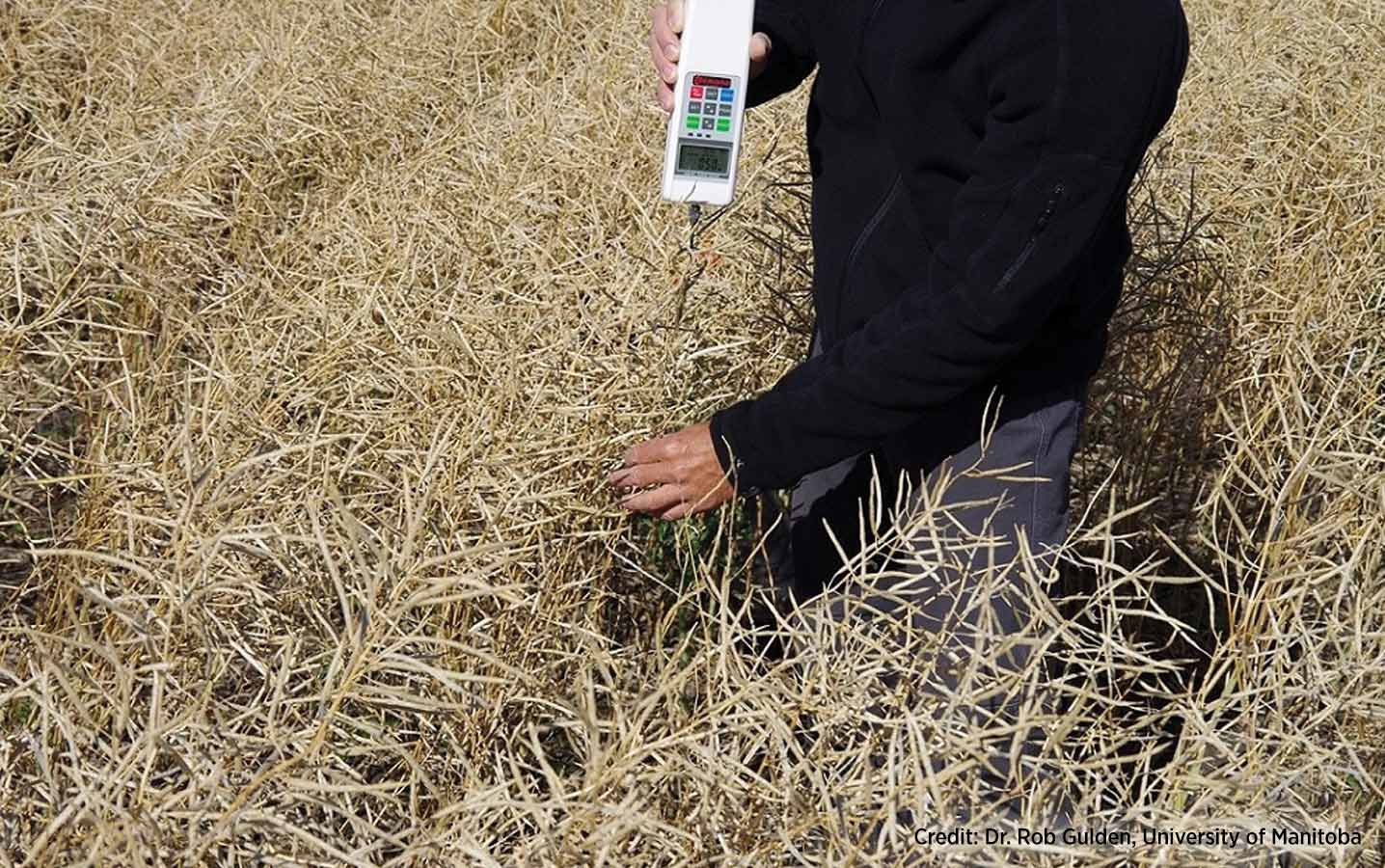Science
Identification of superior crop rotations
Key Result: The southeast Peace region has the highest intensity of canola acres and short canola rotations in the western Canadian Prairies. However, this study suggests that this may not be the best choice for growers in terms of long term yield, cropping system sustainability, soil moisture use, root health and economics. Project Title, Principal...
Read More





